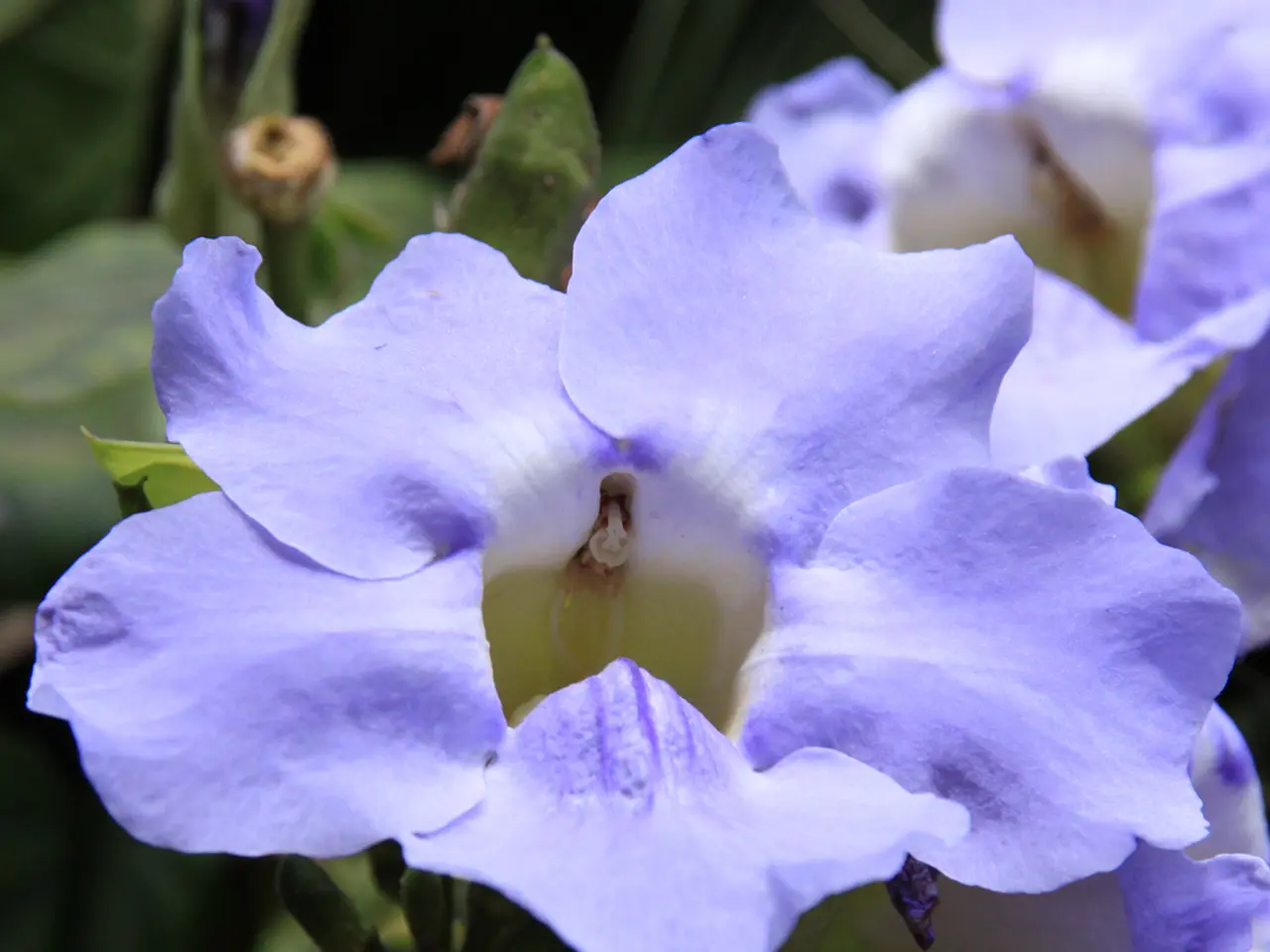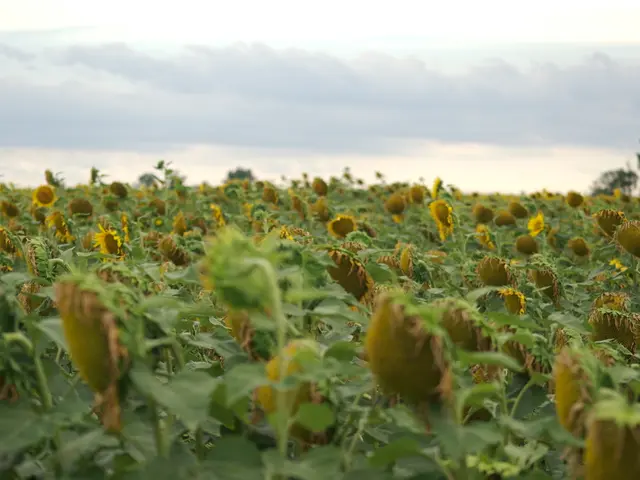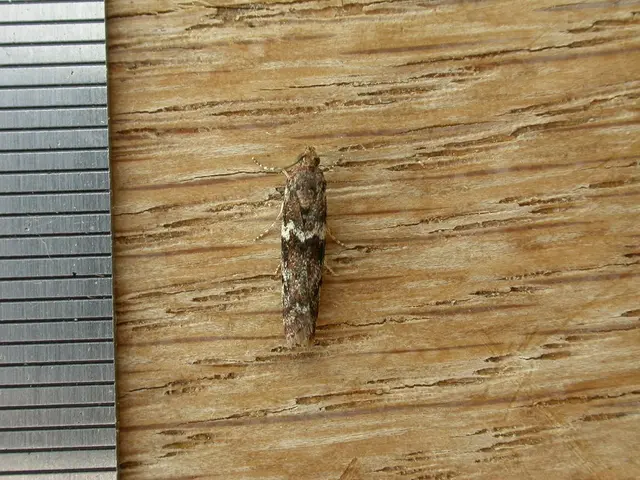August planting of these 8 perennials guarantees continuous autumn flowers
August: The Ideal Time for Autumn Garden Planting
As the summer heat begins to wane, it's time to prepare your garden for a vibrant autumn display. Planting certain perennials in August can ensure a colourful and pollinator-friendly garden throughout the autumn months.
When planting perennials, it's essential to prepare the soil first. Remove weeds, loosen the earth, and dig a hole as deep and wide as the plant's root ball. This will help the plants establish strong roots over the fall and winter, ensuring vibrant blooms the next season.
One such perennial is Crocosmia, which comes in a range of hot summer colours from orange to yellow and red. Thompson & Morgan offers Crocosmia 'Lucifer' for £9.99.
The end of summer is also an excellent time to plant perennials like the Purple Coneflower (Echinacea purpurea). This heat- and drought-tolerant plant establishes well in August for blooms from late spring through fall. It attracts pollinators and provides seeds for birds. Thompson & Morgan offers Echinacea purpurea 'Primadonna Mixed' for £19.99.
Coreopsis, with its bright, daisy-like flowers, is another great choice. It blooms from spring with potential for summer reblooming and is drought-tolerant and deer resistant.
Joe Pye Weed, with its tall native perennial and mauve-pink flower clusters, is a wonderful addition to any garden. It attracts butterflies and pollinators and blooms in late summer into fall.
Bee Balm (Monarda) produces vibrant red, pink, or purple blooms from mid-summer to early fall and attracts hummingbirds and bees.
Rudbeckia fulgida ('Goldsturm') is another perennial that adds fresh colour to the garden later in the season. Its deep yellow daisy-like flowers with dark centers bloom from July to September, making it easy to grow in full sun. Suttons offers Rudbeckia 'All Sorts Mixed' for £6.99.
Verbena bonariensis is a slender perennial with purple flowers that last into autumn and is drought-tolerant, making it perfect for borders.
Salvia 'Amistad' is another great choice, with purple-black flowers that can bloom into late autumn or early winter. It attracts bees and is best in sheltered spots.
Pearly Everlasting (Anaphalis triplinervis) is a low-maintenance perennial with silvery foliage and white flowers that bloom late summer into fall.
For quicker fall colour, annuals like cosmos and zinnias can also be planted now, though they are not perennials.
Planting perennials like coneflowers or coreopsis in August helps them establish strong roots over fall and winter, ensuring vibrant blooms the next season. Late summer bloomers like Joe Pye Weed and bee balm start flowering in August and continue well into autumn, maximizing seasonal colour.
Choosing a mix of these perennials will give your garden a colourful, diverse, and pollinator-friendly autumn display. Heleniums, heliopsis, and asters are other great choices for late-summer planting. These perennials require watering well while they establish, occasional deadheading as required to extend the blooms, and mulching in winter to aid growth the following season.
With careful planning and timely planting, your garden can continue to bloom throughout the autumn months, providing a beautiful display of colour and support for pollinators.
When preparing the garden for autumn, don't forget to consider home-and-garden practices like gardening to ensure a ‘lifestyle’ filled with vibrant flora throughout the season. For instance, planting perennials like Purple Coneflower (Echinacea purpurea), Coreopsis, or Joe Pye Weed in August can help establish strong roots, providing a colourful and pollinator-friendly garden come autumn.





